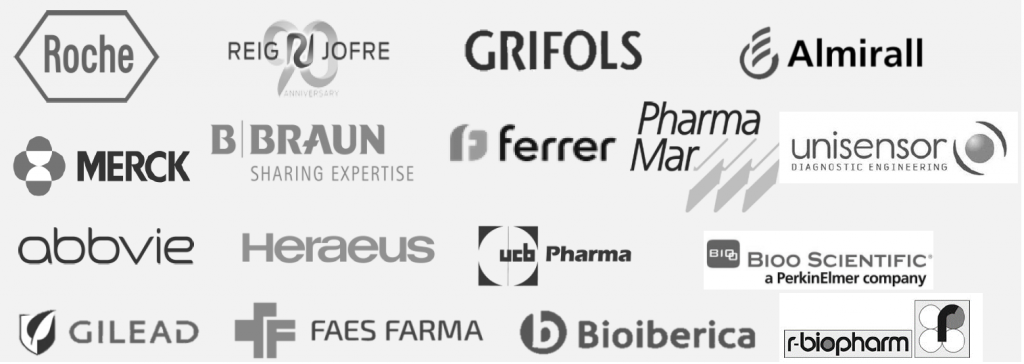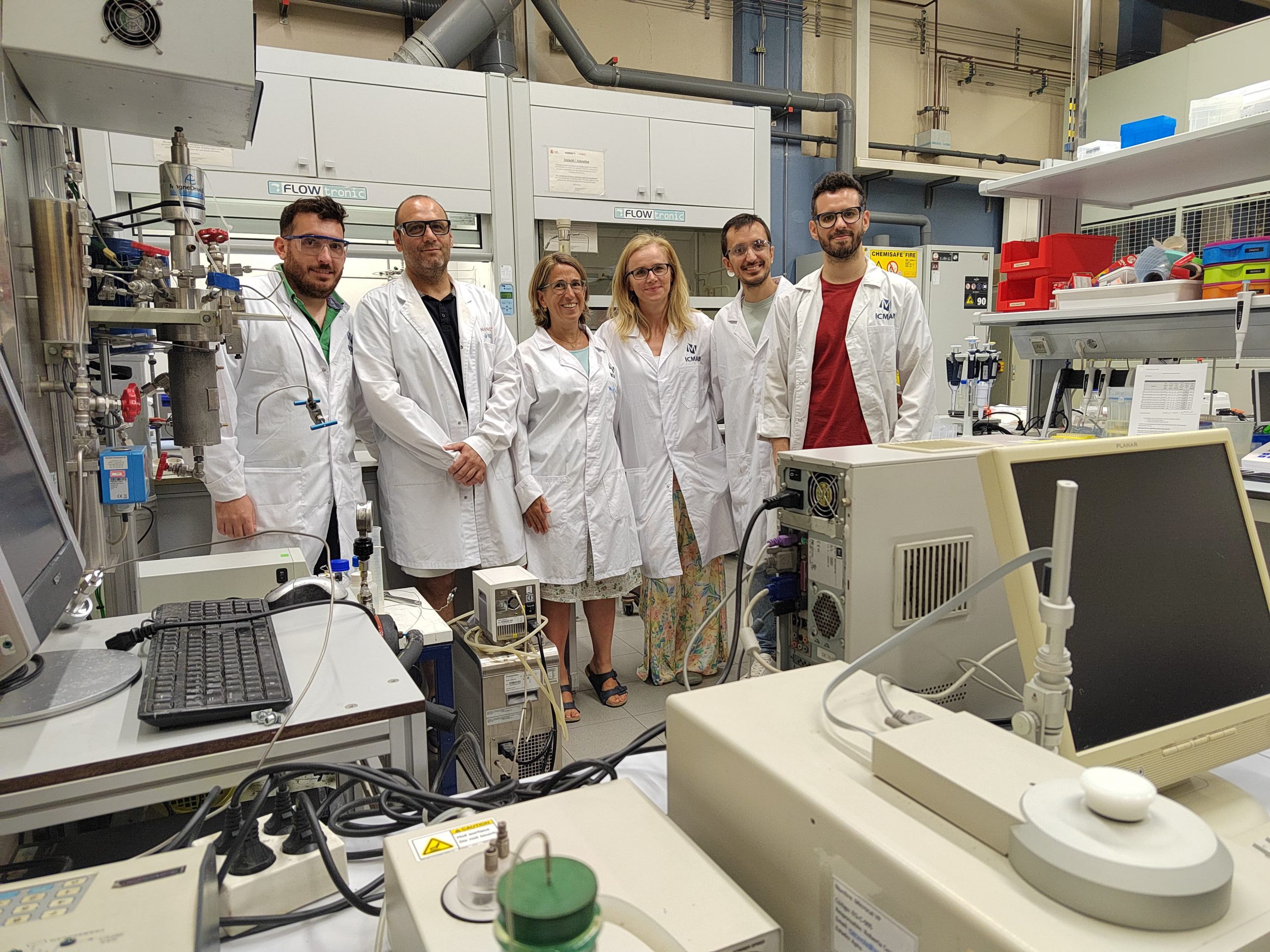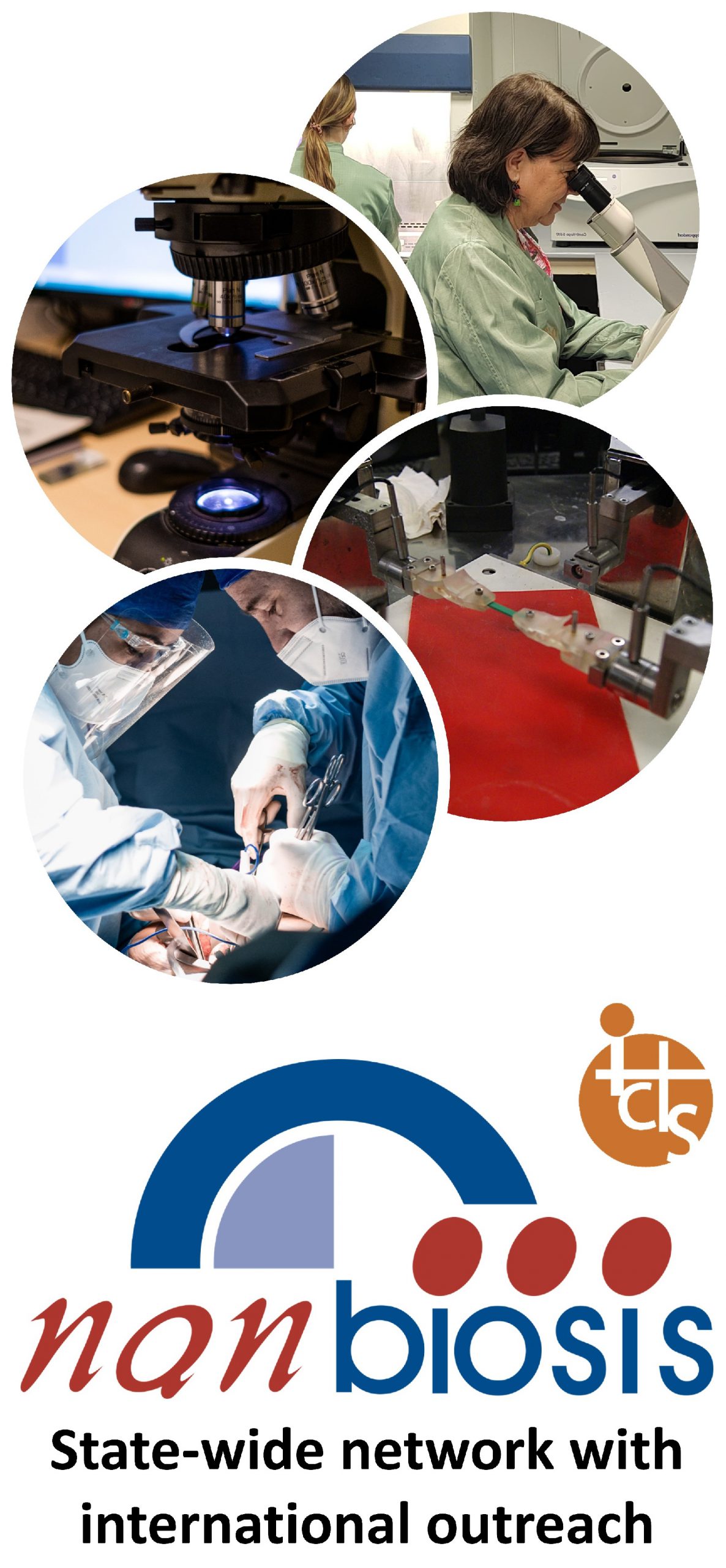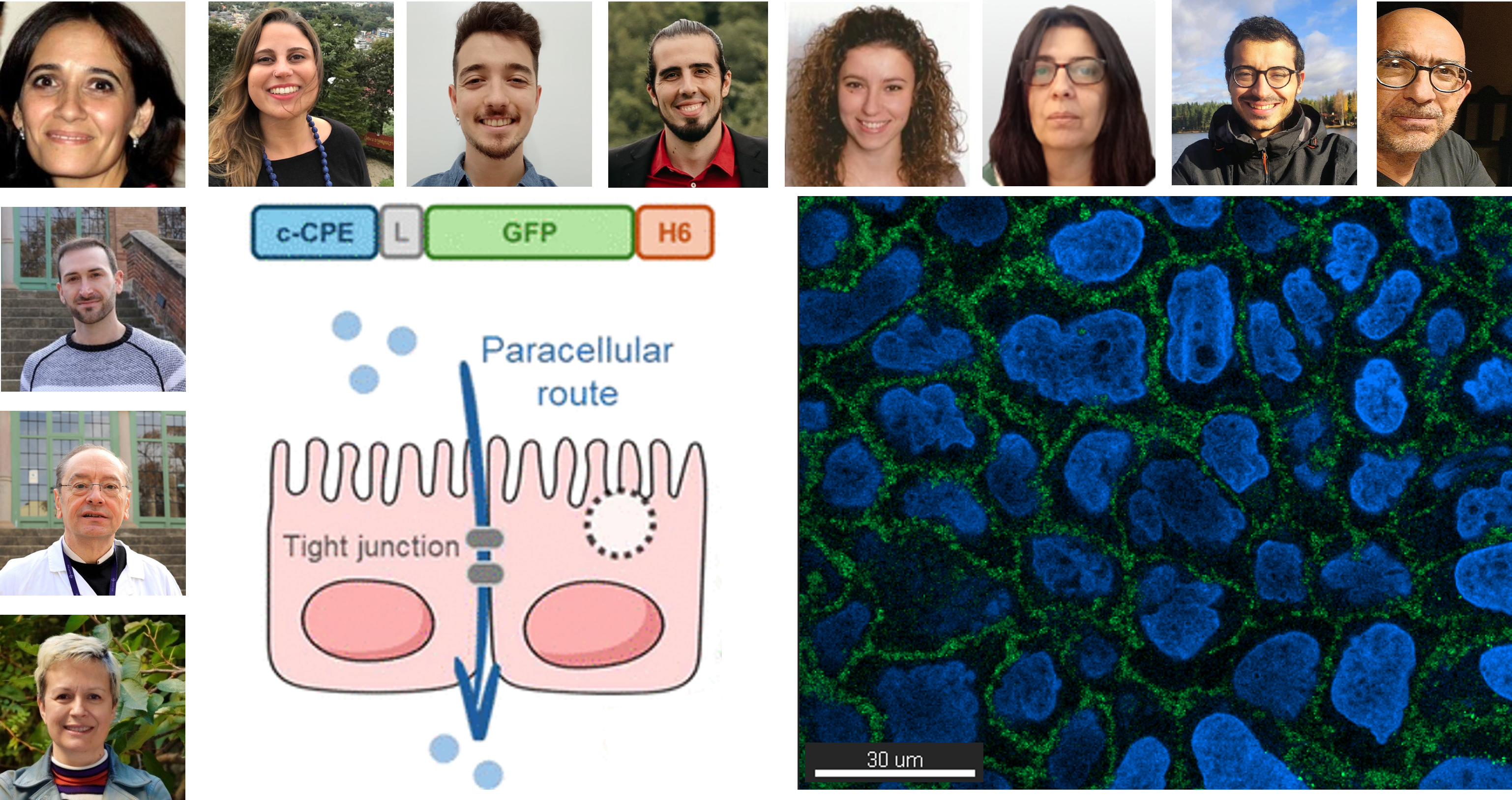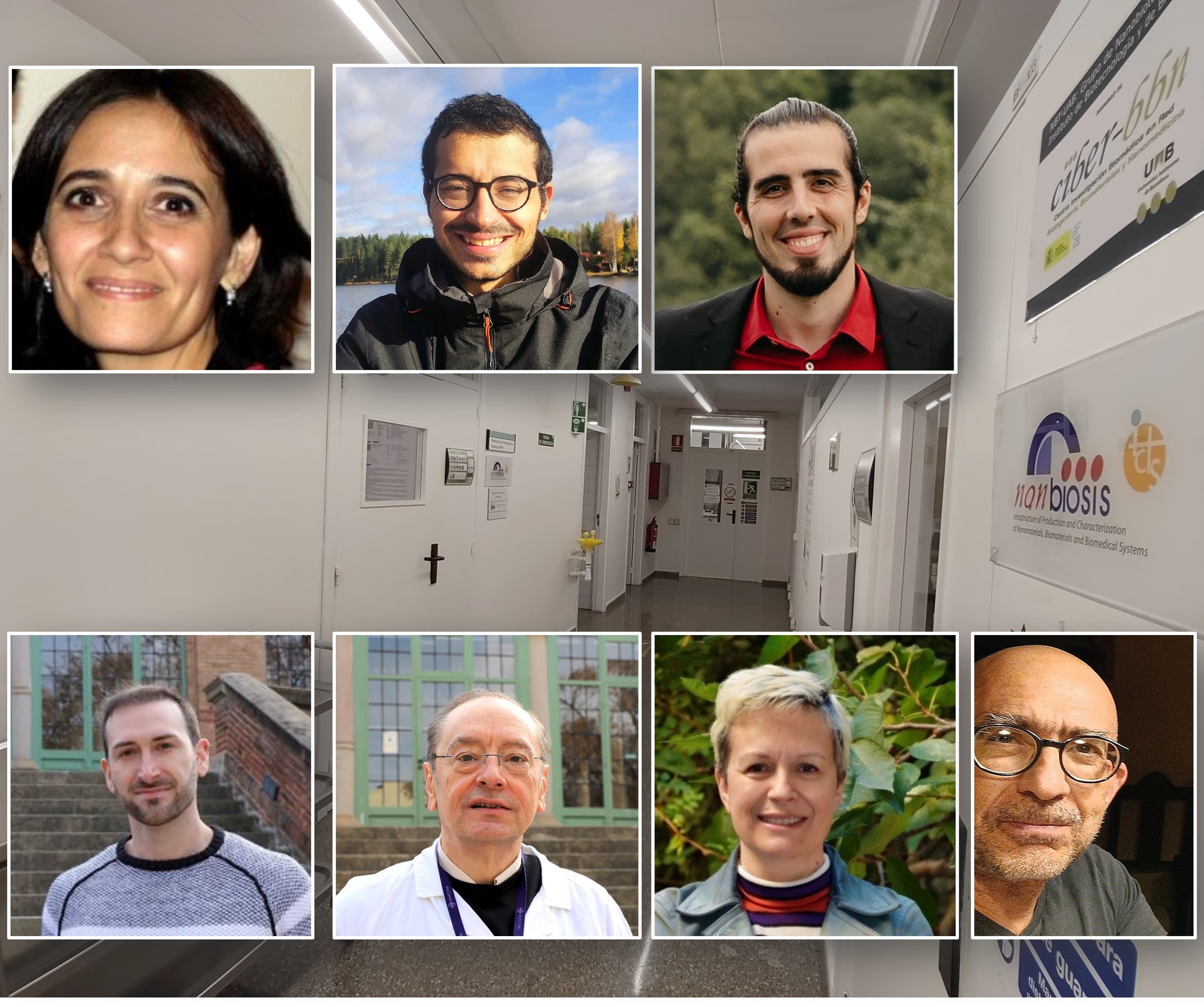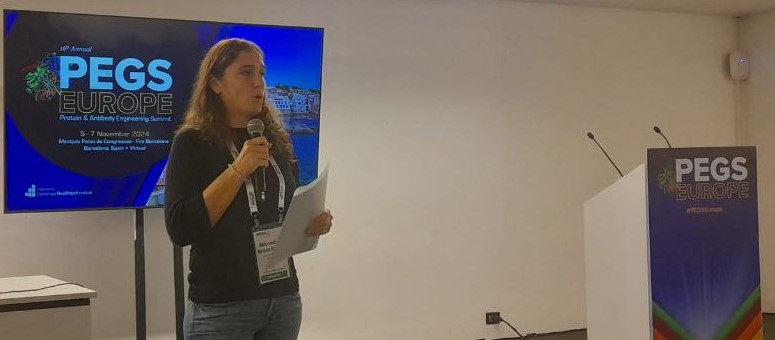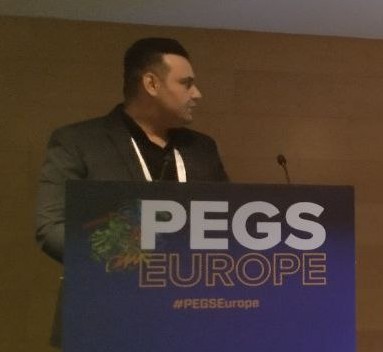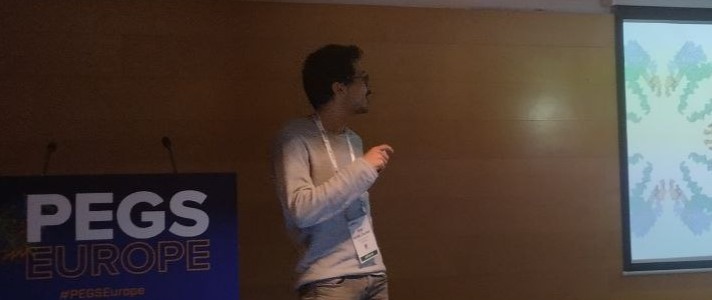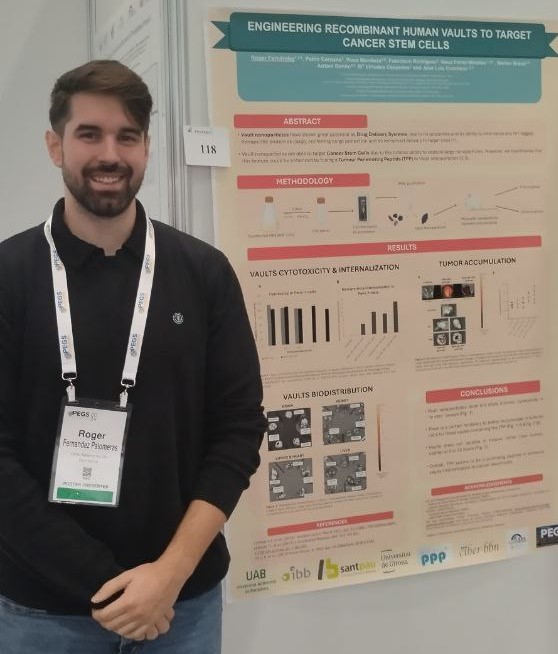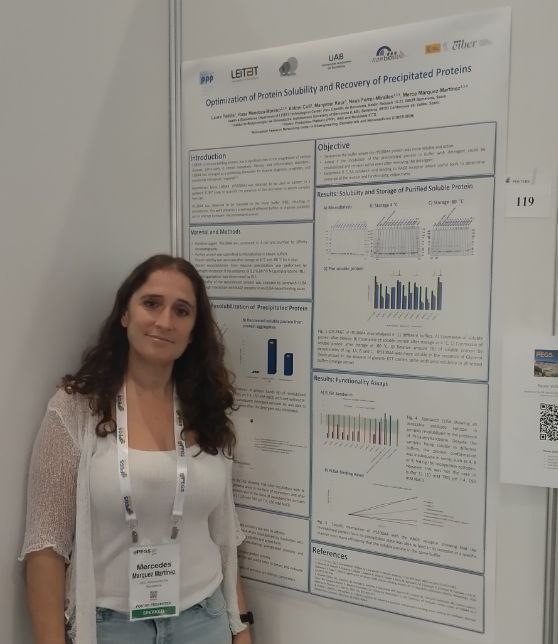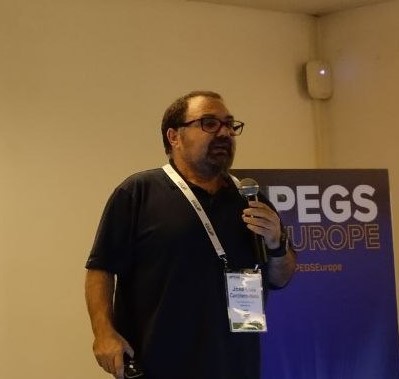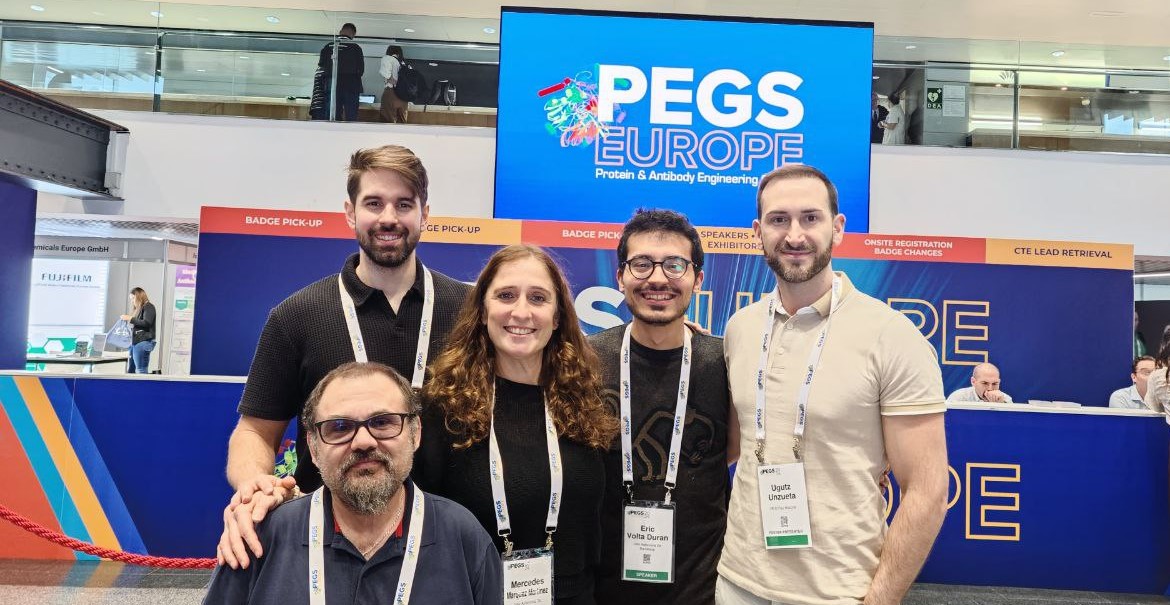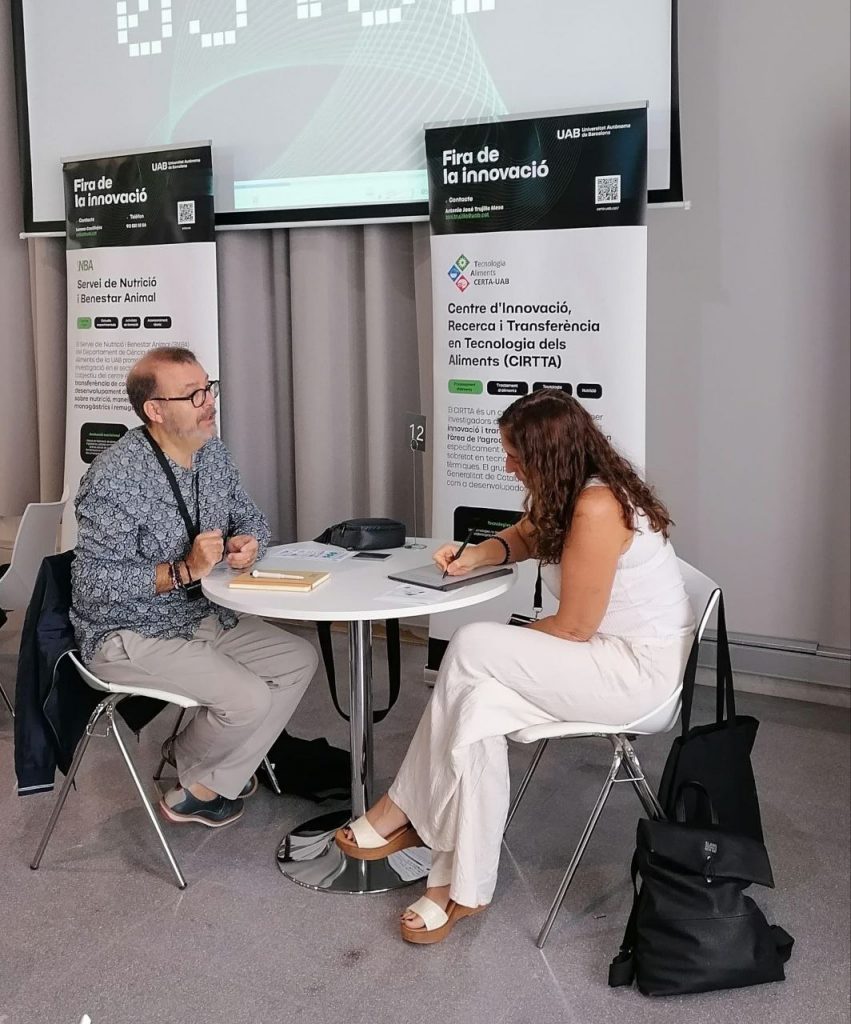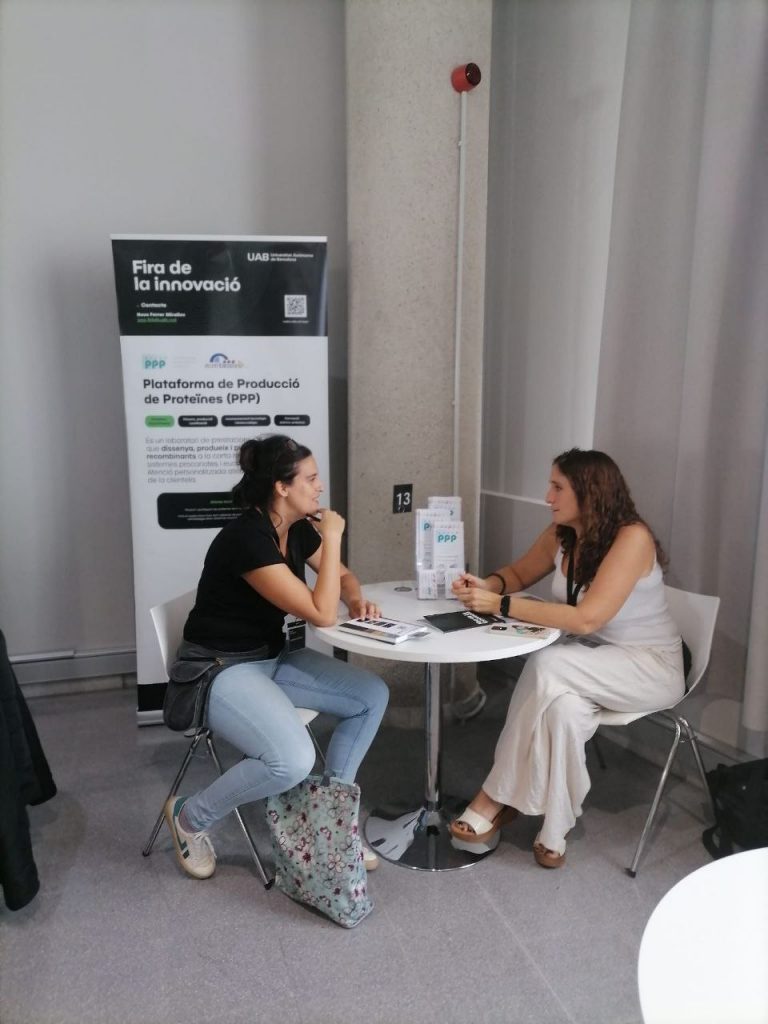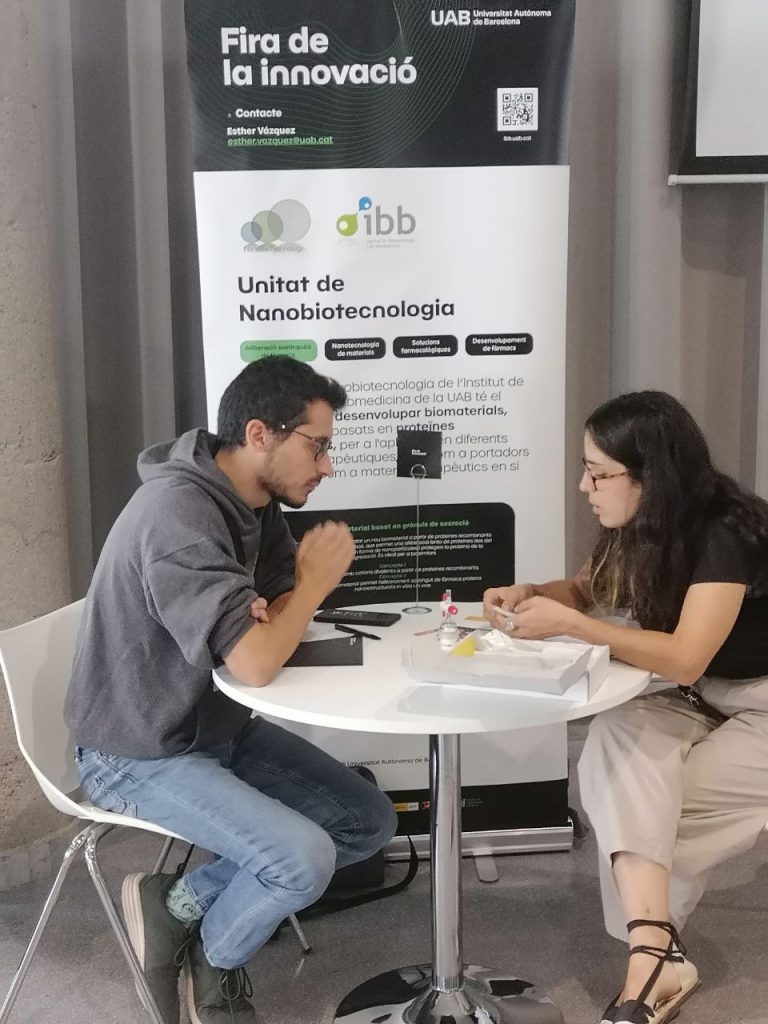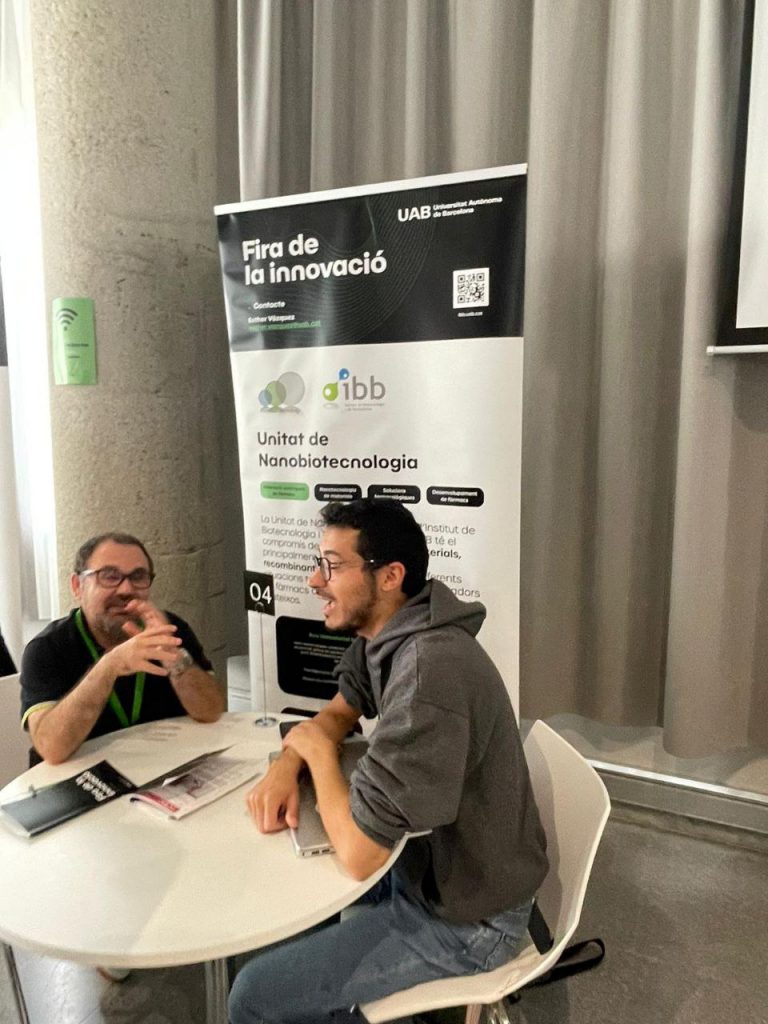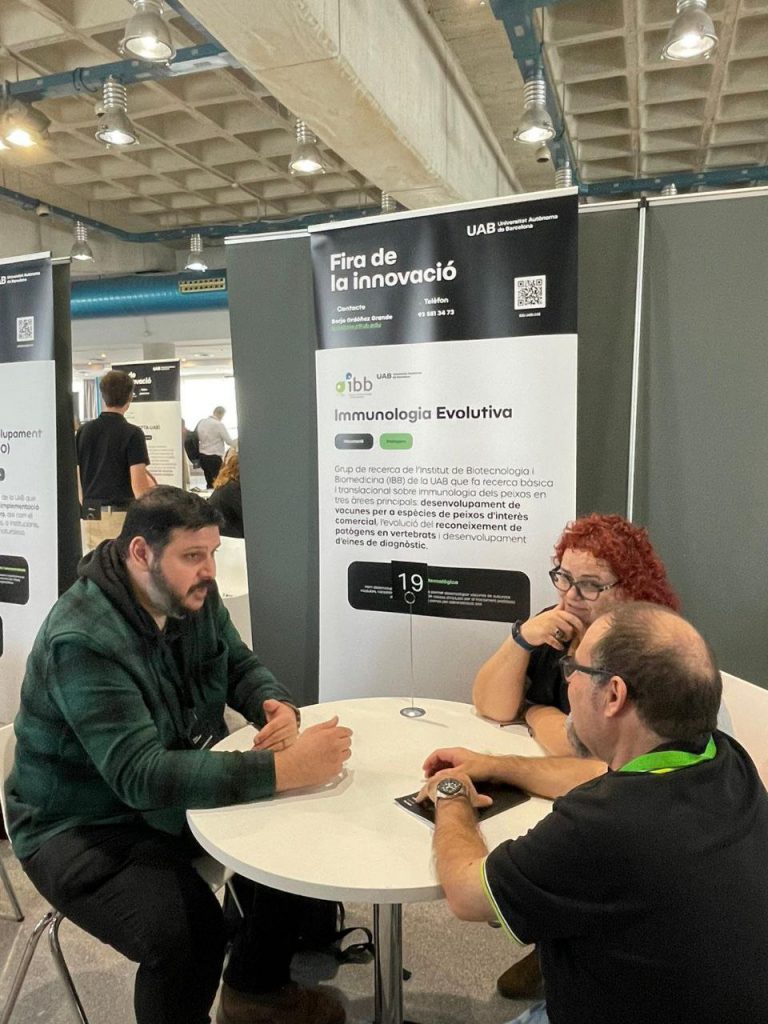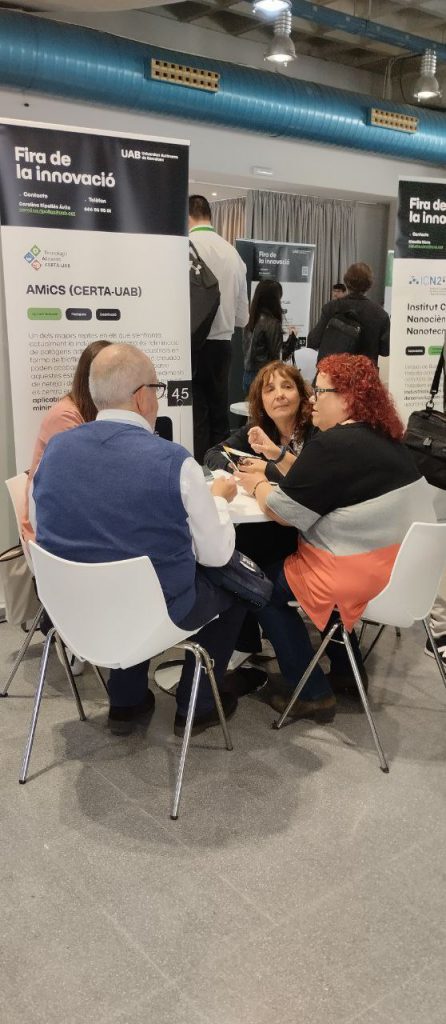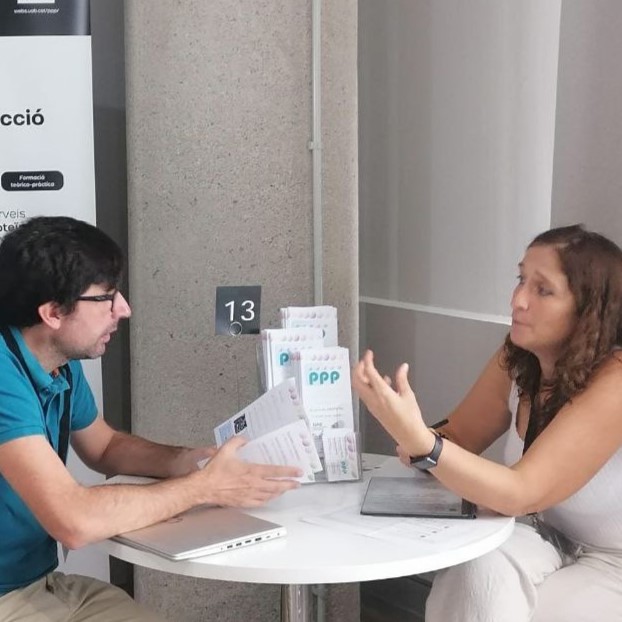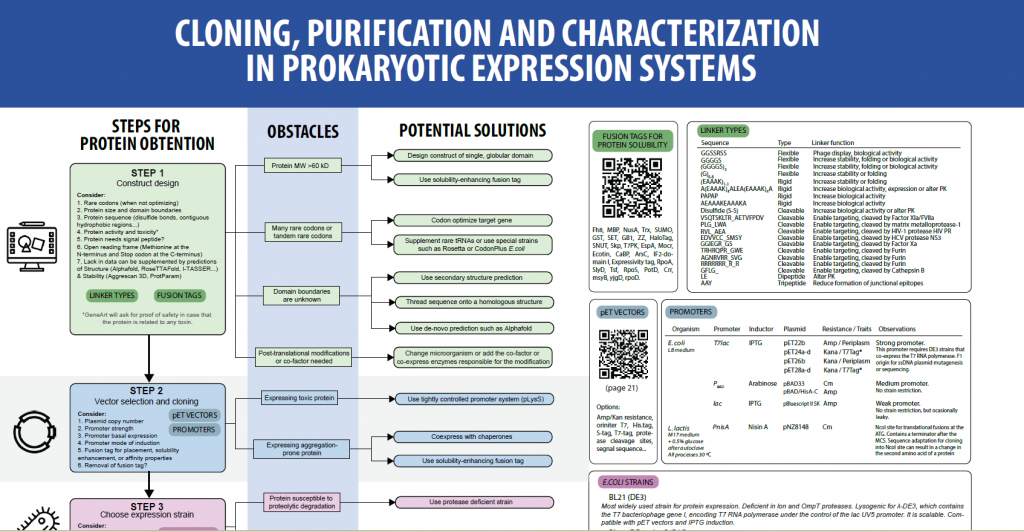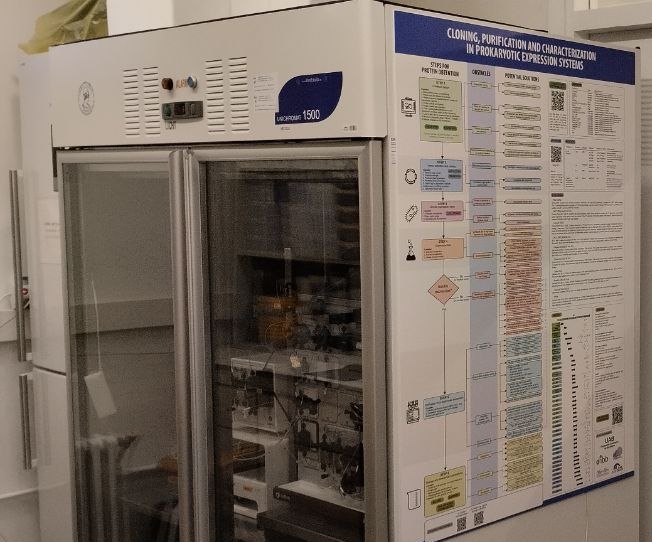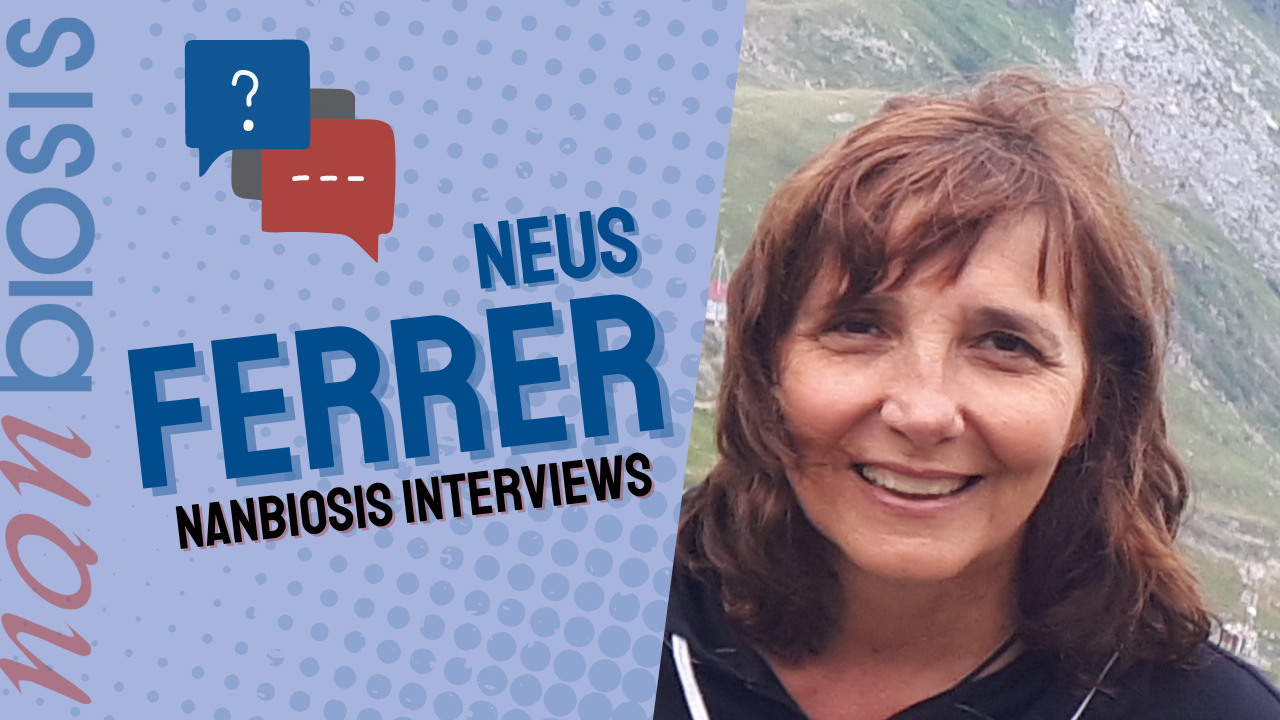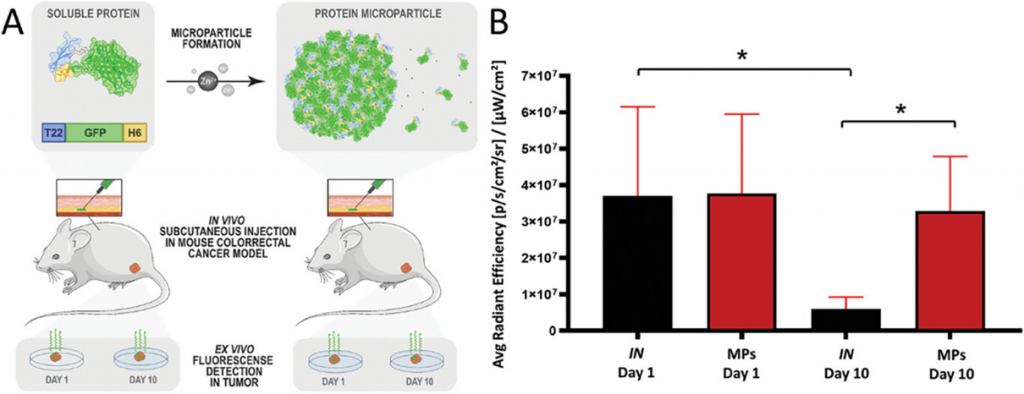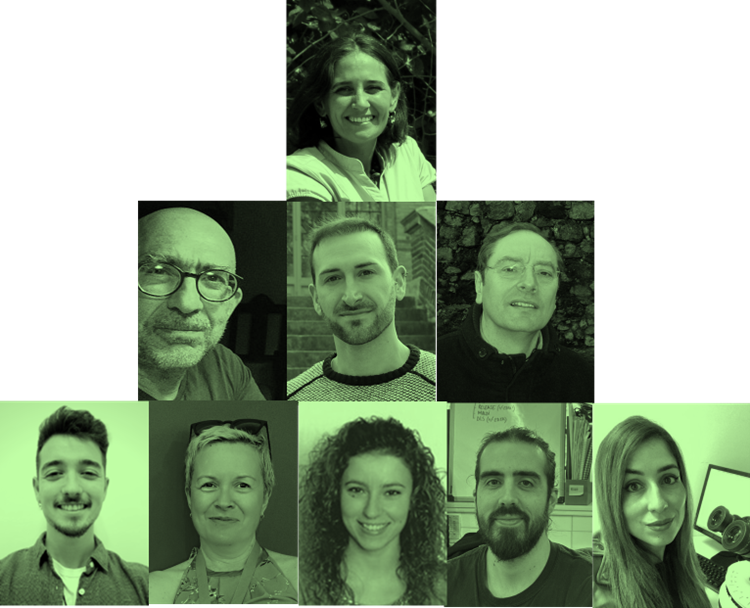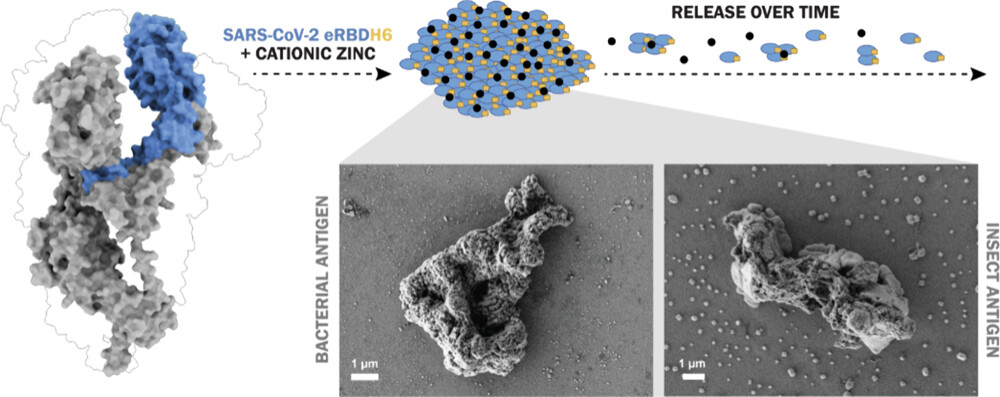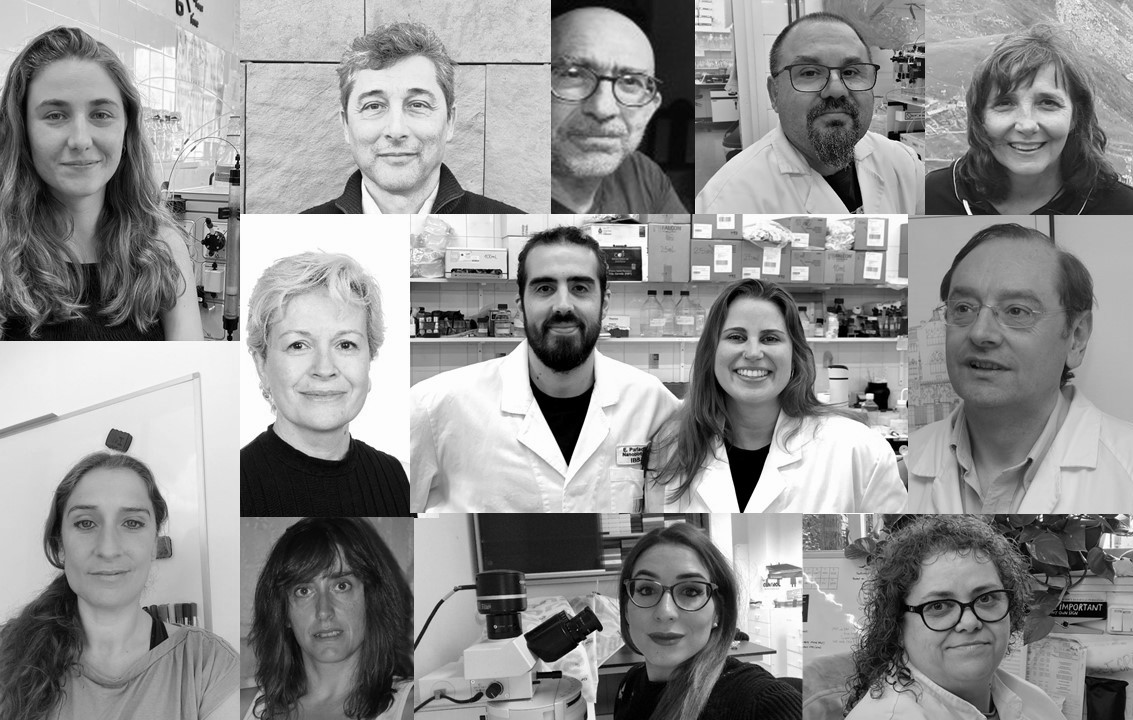Event recap: “Fabry Connections” brings together science and patients at ICMAB
“Fabry Connections” united patients, researchers, and clinicians at ICMAB to advance Fabry disease care and nanomedicine-based therapies.
Barcelona, april 2025. On Tuesday, 29 April 2025, the Institute of Materials Science of Barcelona (ICMAB, CSIC) hosted the event “Fabry Connections: Science, Patients, and Future”, bringing together around 50 participants including researchers, clinicians, patients, and patient association representatives. The event aimed to create a multidisciplinary platform for sharing knowledge and advancing the future of Fabry disease research and treatment.
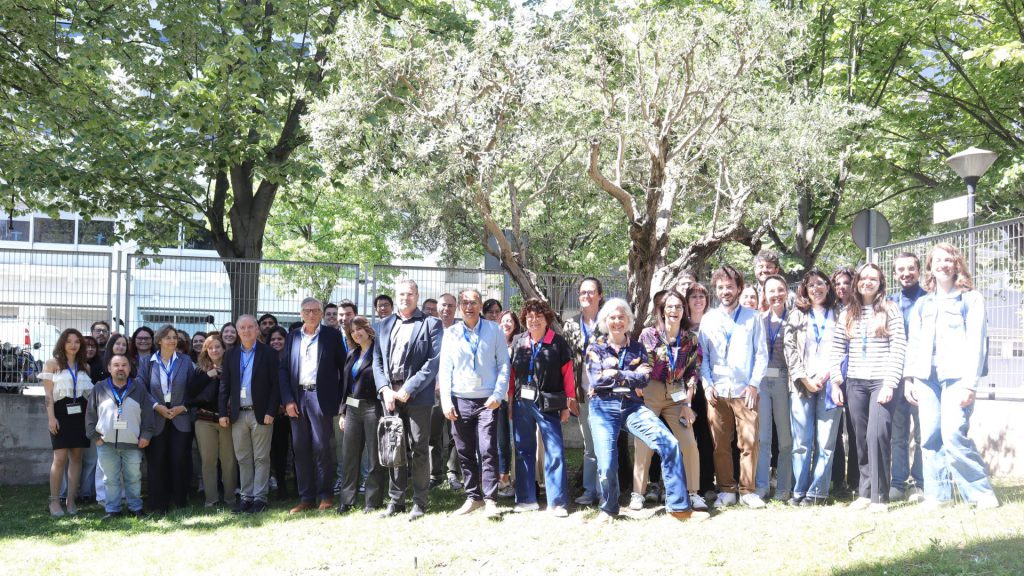
As we announced back in february 28, this special event was held within Fabry Disease Awareness Month (April) and is part of the European Innovation Council (EIC) Nano4Rare project, which focuses on developing nanomedicine-based therapies for Fabry disease. Despite uncertainty caused by a blackout the day before, the event was held as planned—thanks to the commitment and flexibility of all speakers and participants.
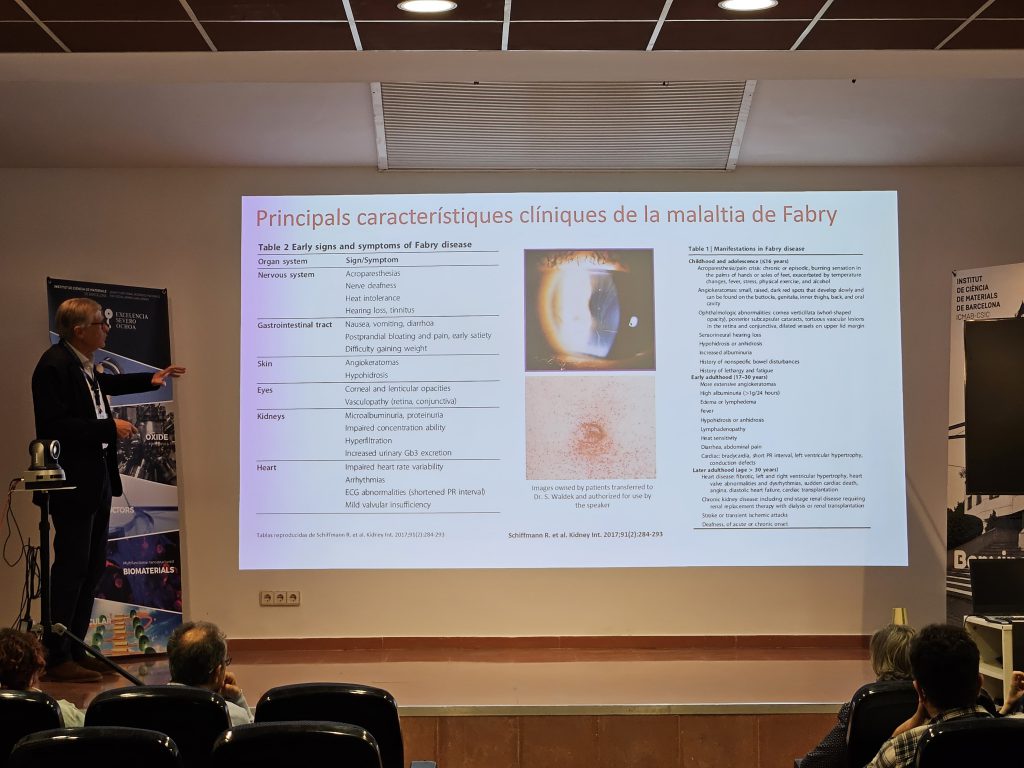
Building bridges between science and patients
The day opened with welcoming words by Lourdes Fàbrega, Director of ICMAB, and Nora Ventosa, coordinator of the Nano4Rare project (together with Elisabet González, Scientific Coordinator of Unit 6), who emphasized the importance of organizing events that foster dialogue between researchers, clinicians, and patients. Throughout the day, the program featured insightful keynote lectures by Guillem Pintos (Vall d’Hebron Hospital), Maria Camprodon (Vall d’Hebron Hospital), and Sílvia Muro (IBEC), highlighting the evolution of Fabry disease diagnosis and treatment, and exploring future therapeutic approaches including advanced nanomedicine.
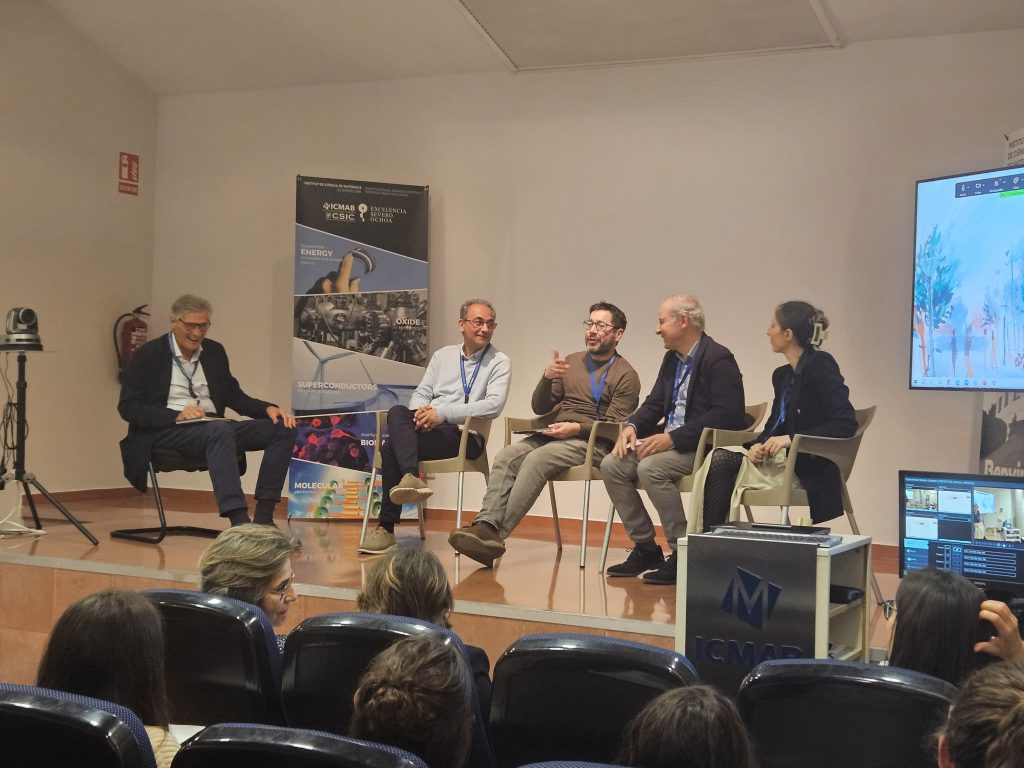
Centering the patient experience
One of the central themes of the event was the importance of patient-centered approaches in rare disease research and care. This was strongly emphasized during the roundtable discussions, where speakers discussed the need for early diagnosis, stronger collaborative networks, and patient inclusion in the research process.
A first roundtable on the importance of diagnosis included a Fabry patient, Alfredo Romero, and Simó Schwartz (Vall d’Hebron Hospital), Maria Camprodon (Vall d’Hebron Hospital), Jordi Cruz (MPS Lisosomales and FEDER foundation ) and was moderated by Guillem Pintos (Vall d’Hebron Hospital). A second roundtalbe, in the afteroon, was devoted to R+D challenges on LSD diseases and was moderated by Judit Tomsen (ICMAB-CSIC) and included the participation of Sílvia Muro (IBEC), Míriam Royo (IQAC-CSIC) and Ibane Abasolo (IQAC-CSIC).
Jordi Cruz, Director of MPS Lisosomales and board member of FEDER, and Francesc Cayuela, President of the Catalan Federation of Rare Diseases (FECAMM), both underlined the vital role of patient organizations in supporting affected individuals and giving visibility to rare conditions.
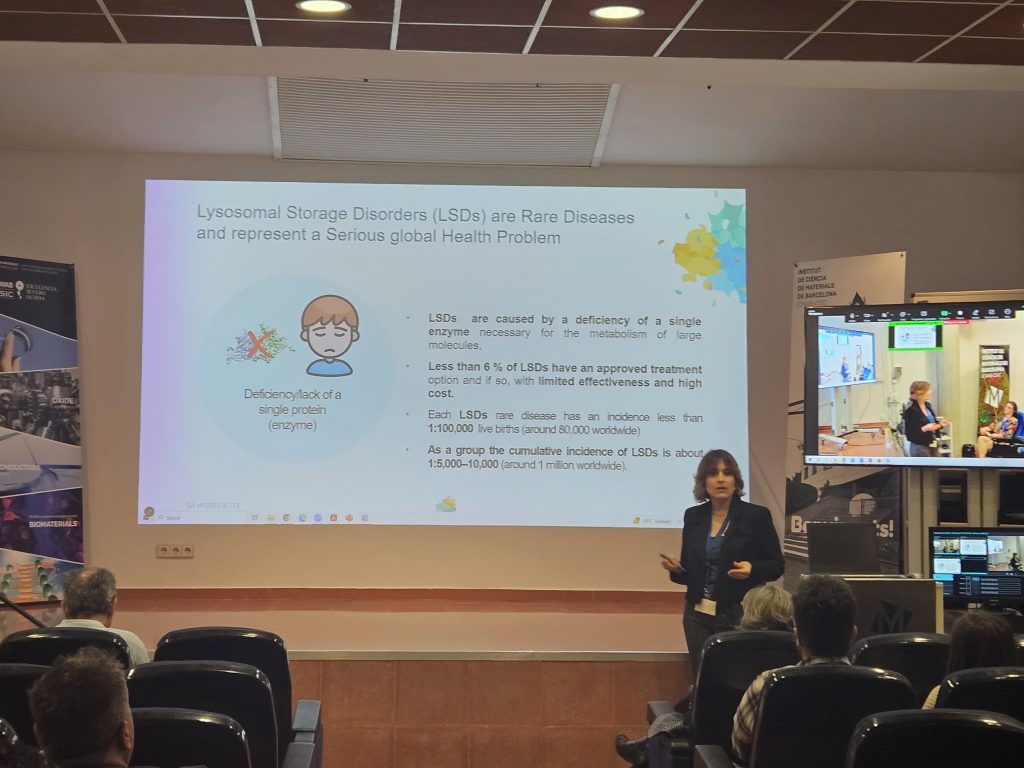
A look at research and innovation
The program included the presentation of the Nano4Rare project (EIC Transition) by Elisabet Gonzàlez, researcher at the Nanomol-Bio Group (ICMAB-CSIC) and coordinator of the Nano4Rare project, together with Nora Ventosa, both in Unit 6 of NANBIOSIS, as well as the presentation of the NEX-TRY project (ISCIII Instituto de Salud Carlos III) by Ibane Abasolo, leader of the Therapeutic Applications of Nanomedicine Research Group at IQAC-CSIC and Scientific Director of Unit 20. These sessions highlighted ongoing efforts to develop innovative therapies for Fabry disease and other rare conditions using advanced nanomedicine approaches.
Attendees had the opportunity to network and exchange ideas during the coffee break and lunch sessions, which counted with wonderful dishes and was a time to enjoy and reflect.
The event concluded with a guided visit to Nanomol Technologies, located at the UAB Campus, where participants toured the pilot plant for nanomedicine production, gaining a first-hand look at how research is being translated into therapeutic innovation.
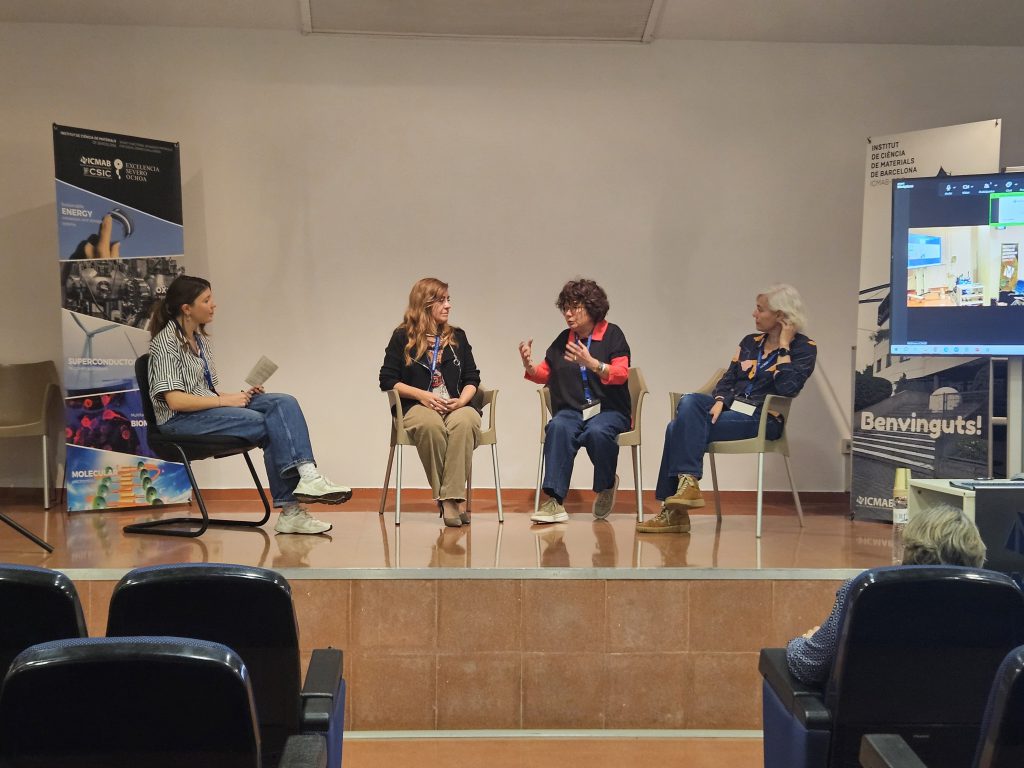
Looking ahead
The “Fabry Connections” event was a vivid reminder of the power of collaboration across disciplines. It highlighted how research centers like ICMAB can become vital spaces where patients, scientists, clinicians, and associations come together to inspire progress and co-create a better future for people affected by rare diseases.
We thank all participants, speakers, and supporters for making this event possible and reaffirm our commitment to advancing research, raising awareness, and supporting the rare disease community.
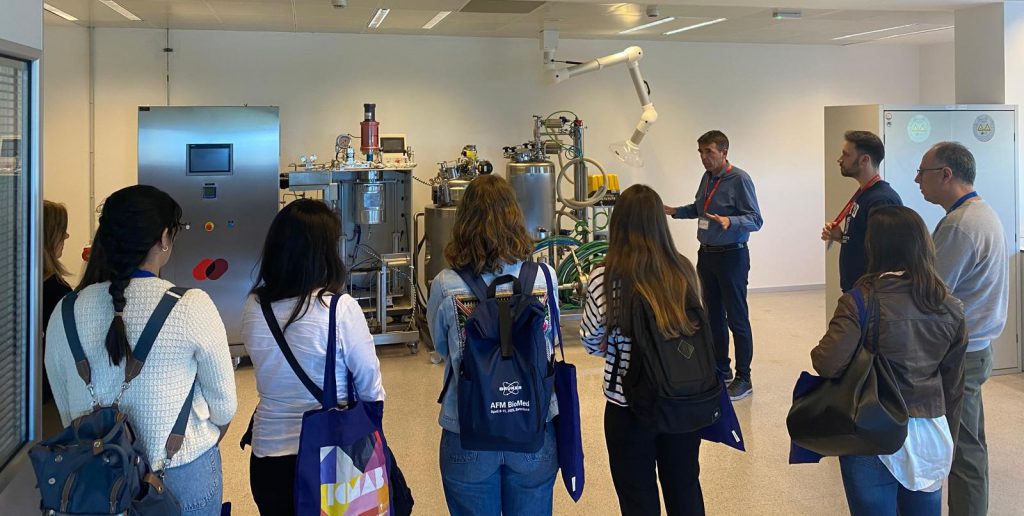
About Nano4Rare
Nano4Rare is a European research project focused on the preclinical development of a nanomedicine candidate for Fabry disease treatment, aiming for clinical application. Nano4Rare is a European Innovation Council (EIC) Transition project, a program aimed for the validation of technologies and the development of business plans for specific applications (TRL 3-6). The project is coordinated by Nora Ventosa and Elisabet González, researchers at the Nanomol-Bio group at ICMAB-CSIC, and is linked to the Phoenix OITB EU project (Pharmaceutical Open Innovation Test Bed for Enabling Nano-pharmaceutical Innovative Products).
NANBIOSIS participation
Several members of NANBIOSIS actively participated in the “Fabry Connections” event at ICMAB. Representing Unit 6, Prof. Nora Ventosa and Dr. Elisabet González presented the Nano4Rare project. Unit 6 specializes in the development, characterization, and scale-up production of molecular biomaterials with controlled nano- and supramolecular structure using compressed fluid-based technologies. Also present was Dr. Ibane Abasolo, Scientific Director of Unit 20, which offers preclinical validation of therapeutic compounds and biomarkers using advanced in vivo imaging and animal models. From Unit 3, Dr. Miriam Royo participated in a roundtable discussion on R&D challenges in lysosomal storage diseases; this Unit focuses on the synthesis, purification, and modification of bioactive peptides for therapeutic applications. Lastly, researchers from Unit 1, the Protein Production Platform (PPP), were also in attendance, such as José Luis Corchero. This Unit provides tailored services for the design, production, and purification of recombinant proteins using prokaryotic and eukaryotic systems. Together, these Units showcased NANBIOSIS’ multidisciplinary capabilities in advancing nanomedicine for rare diseases like Fabry.
What is NANBIOSIS?
The goal of NANBIOSIS is to provide comprehensive and integrated advanced solutions for companies and research institutions in biomedical applications. All of this is done through a single-entry point, involving the design and production of biomaterials, nanomaterials, and their nanoconjugates. This includes their characterization from physical-chemical, functional, toxicological, and biological perspectives (preclinical validation).
In order to access our Cutting-Edge Biomedical Solutions with priority access, enter our Competitive Call here.
NANBIOSIS has worked with pharmaceutical companies of all sizes in the areas of drug delivery, biomaterials and regenerative medicine. Here are a few of them:
